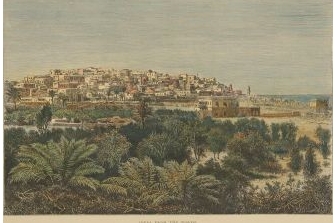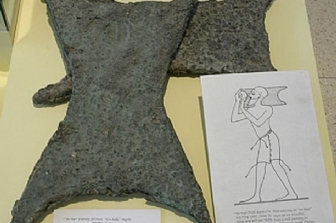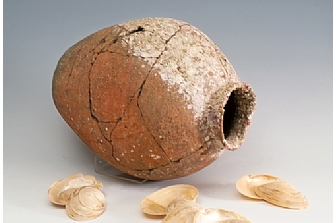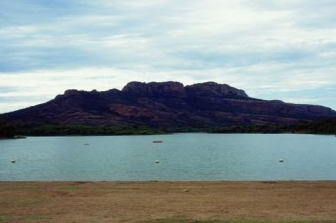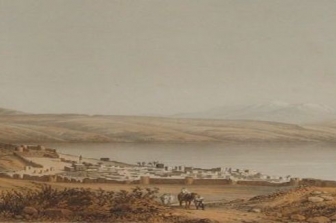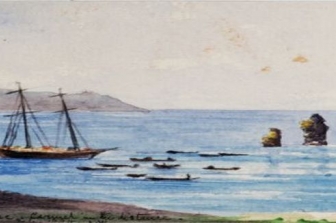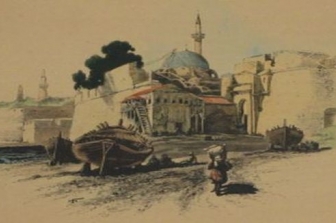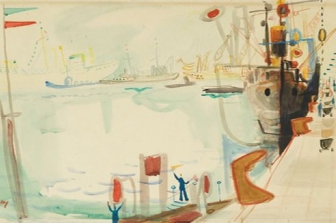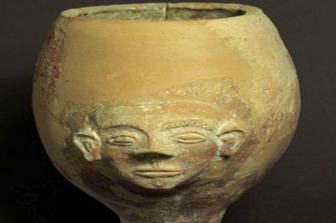Exhibitions
Jaffa in the Printmaker's Art - 17th-19th Centuries
Jaffa is one of the most ancient cities in Eretz-Israel. The origin of the name is obscure. According to one authority it is so named because ‘yafa' means ‘beautiful' in Hebrew, but according to another it was named for Japhet, son of Noah, who rebuilt it after the Flood and settled there.
Shipwrecked Cargoes
The Mediterranean, especially the eastern basin, is known as the cradle of shipping in the western world, because of its nearness to those lands where the cultures and states of man began at the dawn of history.
New Findings in Underwater Archeology
The mysteries of the sea and its secrets have aroused the curiosity of mankind from time immemorial.
.
A Calm Sea - Roi Kuper
Much of the photographic oeuvre of Roi Kuper is devoted to aspects of the sea.
Views of Tiberias and the Sea of Galilee in prints
17th -19th Centuries
Tiberias on the Sea of Galilee was founded in the year 19 or 20 CE by Herod Antipas, and was named for the Roman Emperor Tiberius (14-37 CE).
19th century Views of the Holy Land
In the 19th century, with the revival of interest in studies and research concerning the Holy Land, there was a considerable increase in the number of Christians from Europe and North America who visited the country. ional Maritime Museum's collections would not have been donated.
Akko in the Printmaker's Art -
17th - 19th Centuries
The location of Akko was most attractive to the ruling powers in Palestine. It lies at a crossing of the ways - one along the shores of the Mediterranean and the other the route from Syria and Transjordan to the coast.
Acre in the Printmaker’s Eye – 17th-19th centuries
The geographic location of Acre was an attraction for the rulers of Eretz Israel.
Throughout its history the face of the city has changed, and it has known periods of prosperity and progress as well as destruction and ruin. Acre’s ancient port has aroused the interest of artists and illustrators alike. The exhibition will include a variety of scenes and views in prints of this enchanting city.
Song of the Sea
The sea is an image, a multi-faceted symbol that has accompanied
human experience from the earliest times. It is present in the cultural
legacy of former generations, and gives rise to mythological, historical,
literary, artistic, and religious associations. As a powerful force
Treasure of Cultic Vessels -
Tel Qashish
For the first time, a favissa (repository for discarded cult objects), dated to the 13th century BCE, has been discovered some 300 m. north of Tel Qashish and about 2 km north of Tel Yokneam.

